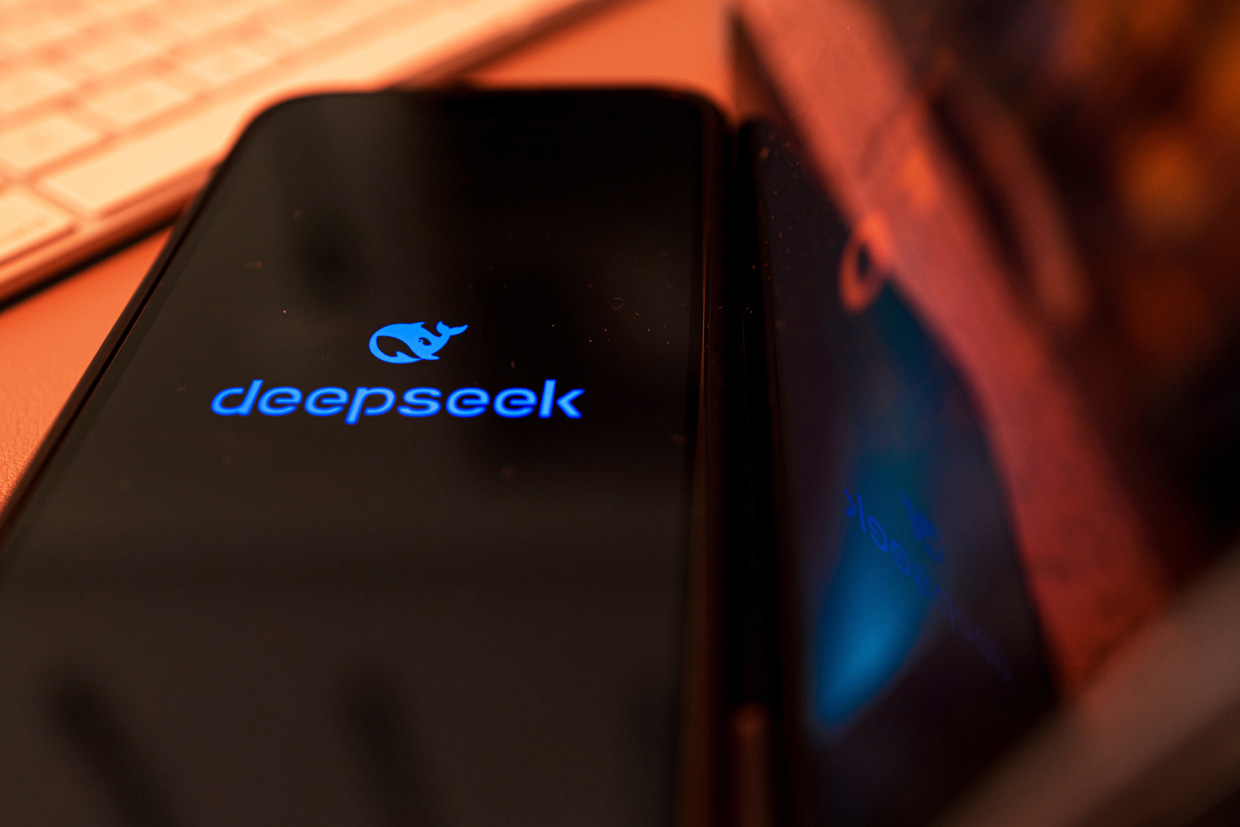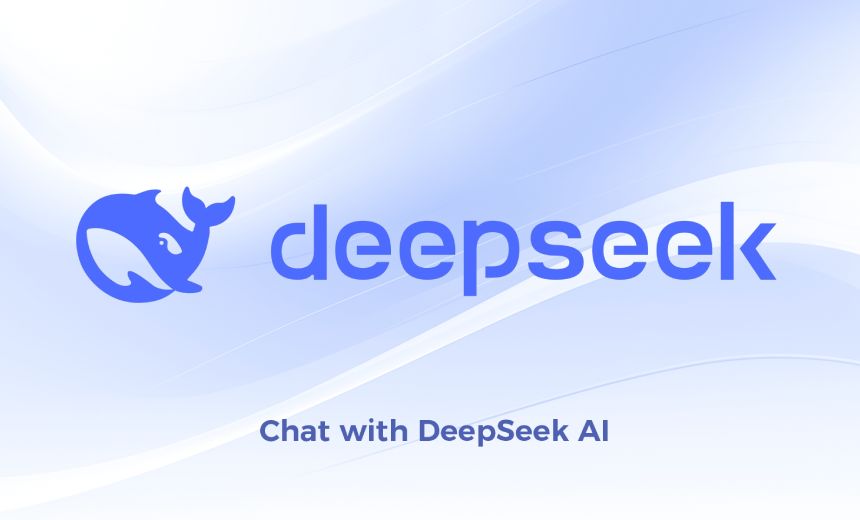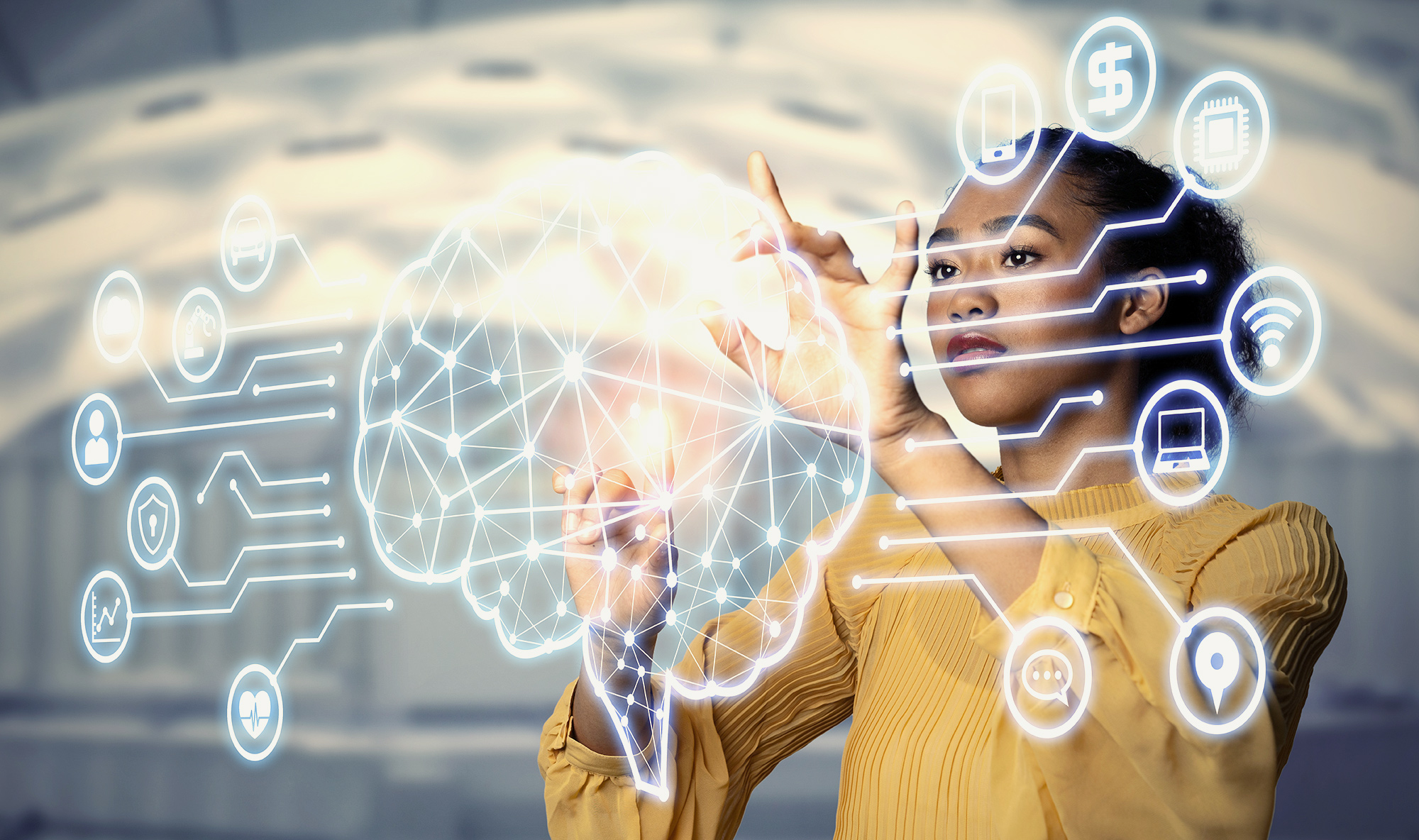
Shikarpurhighschool
Add a review FollowOverview
-
Sectors Construction
-
Posted Jobs 0
-
Viewed 4
Company Description
What Is Artificial Intelligence (AI)?
While researchers can take lots of techniques to constructing AI systems, artificial intelligence is the most widely used today. This involves getting a computer to analyze data to determine patterns that can then be utilized to make predictions.

The learning process is governed by an algorithm – a series of guidelines written by humans that informs the computer how to analyze data – and the output of this procedure is an analytical model encoding all the discovered patterns. This can then be fed with brand-new information to produce forecasts.

Many kinds of artificial intelligence algorithms exist, however neural networks are among the most commonly used today. These are collections of maker knowing algorithms loosely modeled on the human brain, and they learn by changing the strength of the connections between the of “synthetic neurons” as they trawl through their training data. This is the architecture that much of the most popular AI services today, like text and image generators, use.
Most advanced research today includes deep knowing, which describes utilizing huge neural networks with many layers of synthetic neurons. The idea has actually been around because the 1980s – however the huge information and computational requirements limited applications. Then in 2012, scientists discovered that specialized computer chips referred to as graphics processing units (GPUs) accelerate deep learning. Deep knowing has actually considering that been the gold standard in research study.

“Deep neural networks are kind of artificial intelligence on steroids,” Hooker stated. “They’re both the most computationally expensive models, but likewise usually huge, powerful, and expressive”

Not all neural networks are the very same, however. Different configurations, or “architectures” as they’re understood, are matched to different jobs. Convolutional neural networks have patterns of connection inspired by the animal visual cortex and excel at visual jobs. Recurrent neural networks, which include a type of internal memory, focus on processing consecutive information.

The algorithms can also be trained in a different way depending on the application. The most common approach is called “supervised learning,” and includes human beings assigning labels to each piece of information to guide the pattern-learning process. For example, you would include the label “feline” to images of cats.
In “without supervision knowing,” the training information is unlabelled and the device needs to work things out for itself. This requires a lot more data and can be tough to get working – however since the knowing procedure isn’t constrained by human prejudgments, it can result in richer and more effective designs. A lot of the current advancements in LLMs have actually used this method.
The last significant training technique is “reinforcement learning,” which lets an AI learn by trial and mistake. This is most frequently used to train game-playing AI systems or robots – including humanoid robots like Figure 01, or these soccer-playing mini robotics – and involves consistently attempting a task and updating a set of internal rules in response to positive or unfavorable feedback. This approach powered Google Deepmind’s ground-breaking AlphaGo design.
